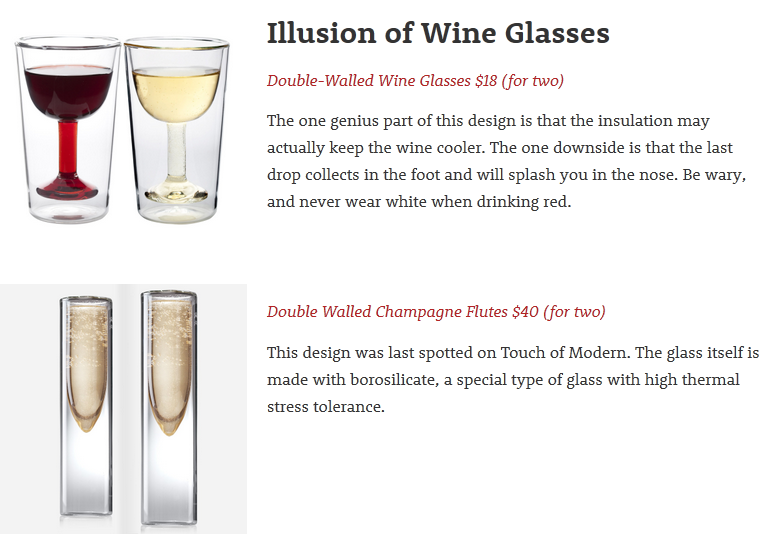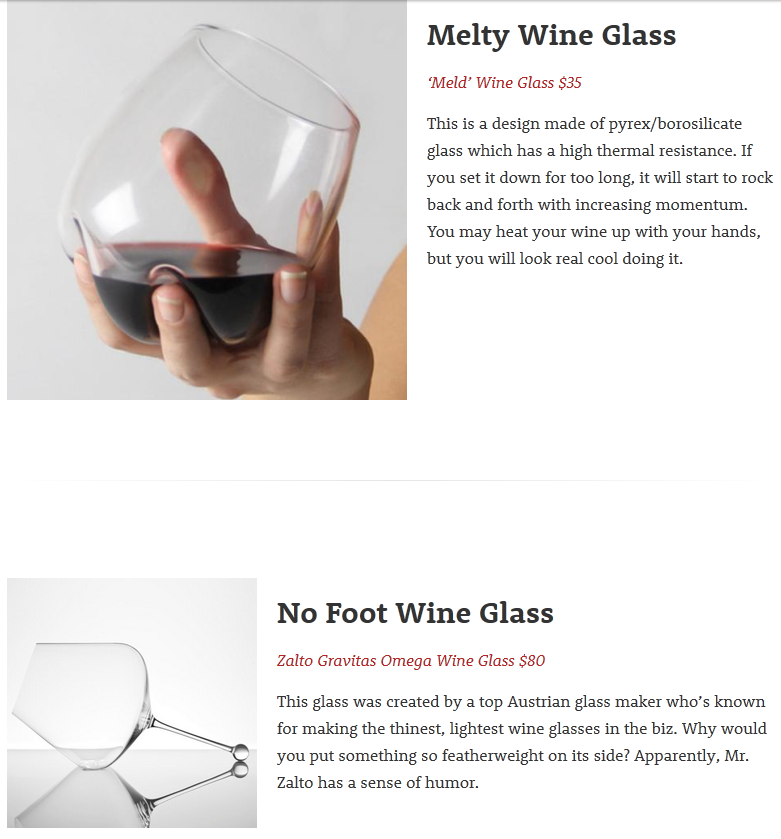At The Diplomat, Jack Detsch looks at the rapidly increasing Chinese wine sector:
China has surpassed France, the world’s foremost producer and exporter of wine, in total acreage, but don’t expect to bring a Ningxia over to a dinner party any time soon.
“I think they largely have the wrong grapes planted,” Geoff Kruth, Chief Operation Officer of the Guild of Sommeliers, a Sonoma-based non-profit, says. “They’re trying to model Bordeaux and plant cabernet – things that may not even really grow well there.”
Production is still on the rise, with China pushing through the ranks from the world’s eighth largest producer of wine in 2013 to the sixth biggest in 2016, due to growing acreage and soaring domestic demand. Wine consumption in China has increased by nearly 45 percent in the past 15 years, and vine planting jumped by 5 percent in 2014 alone, up to a total of 1.97 million acres, according to the International Organization of Vine and Wine. Chinese consumers have an especially discerning palate for red wine. In 2013, China became the world’s largest market for reds, a lucky color in folklore, downing 1.86 billion bottles, moving past France in that category. Per capita consumption is also on the rise.
But many Chinese vineyards aren’t producing wines yet, and much of the acreage dedicated to growing grapes is still used for appetizers and brandy, not wine. The majority of wine producers in Eastern and Western China, where companies in Xinjiang, Ningxia, and Gonsu have had success, produce bulk wine. At times, they’ve been competitive on a global level: in 2011, Jia Bei Lan, a winery in Ningxia, took home a coveted international gold medal for its 2009 Bordeaux blend.

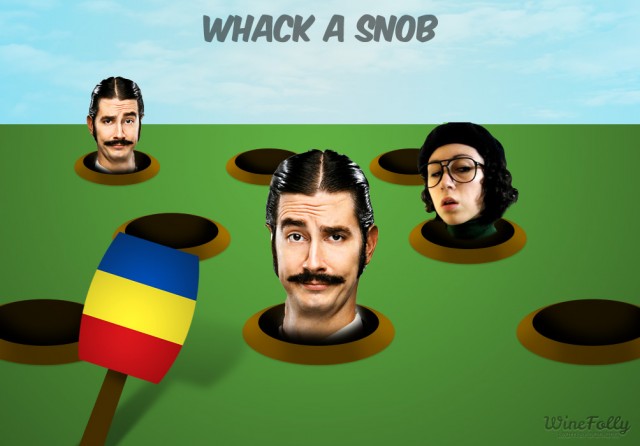
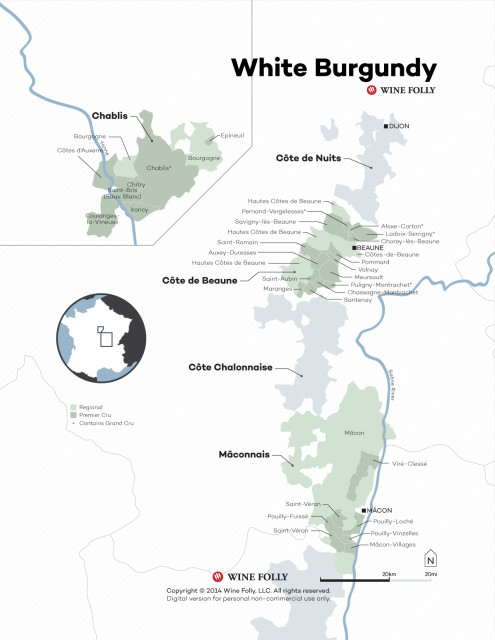
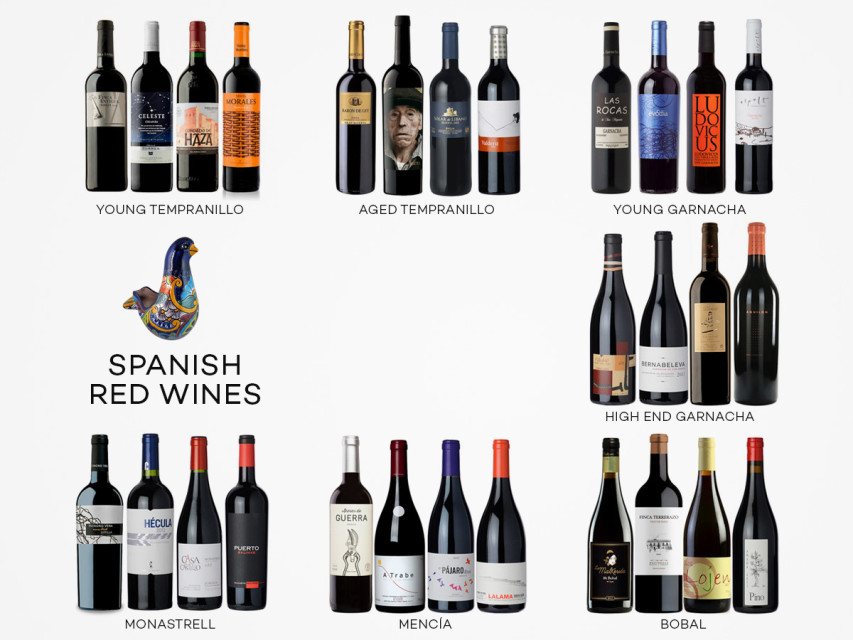
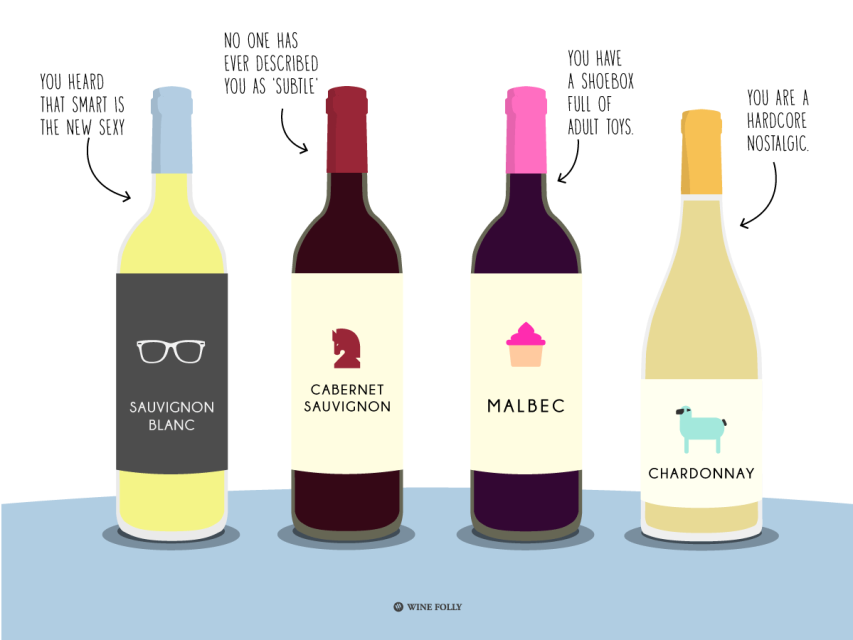
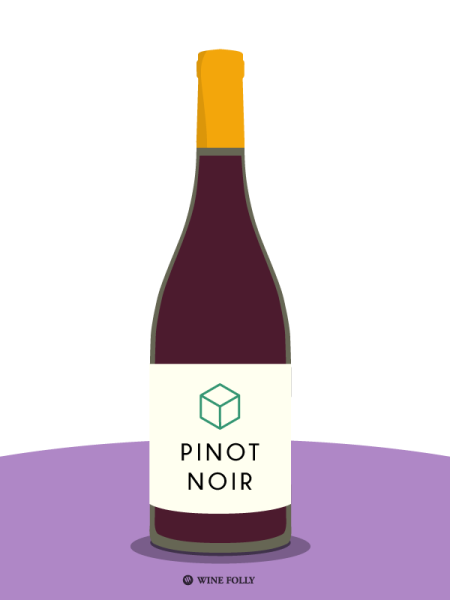
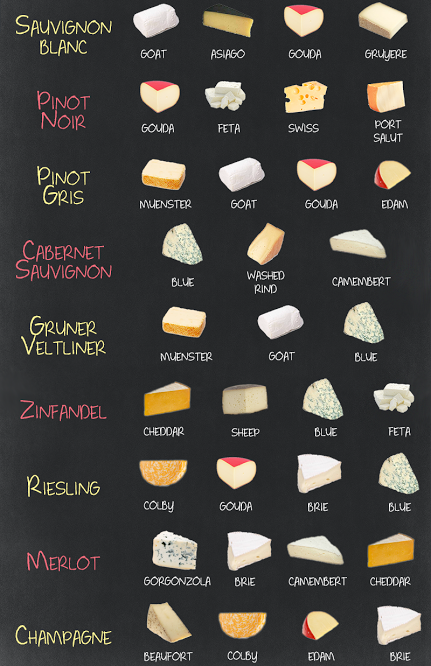 Image from B-Winegrower on Google+
Image from B-Winegrower on Google+
